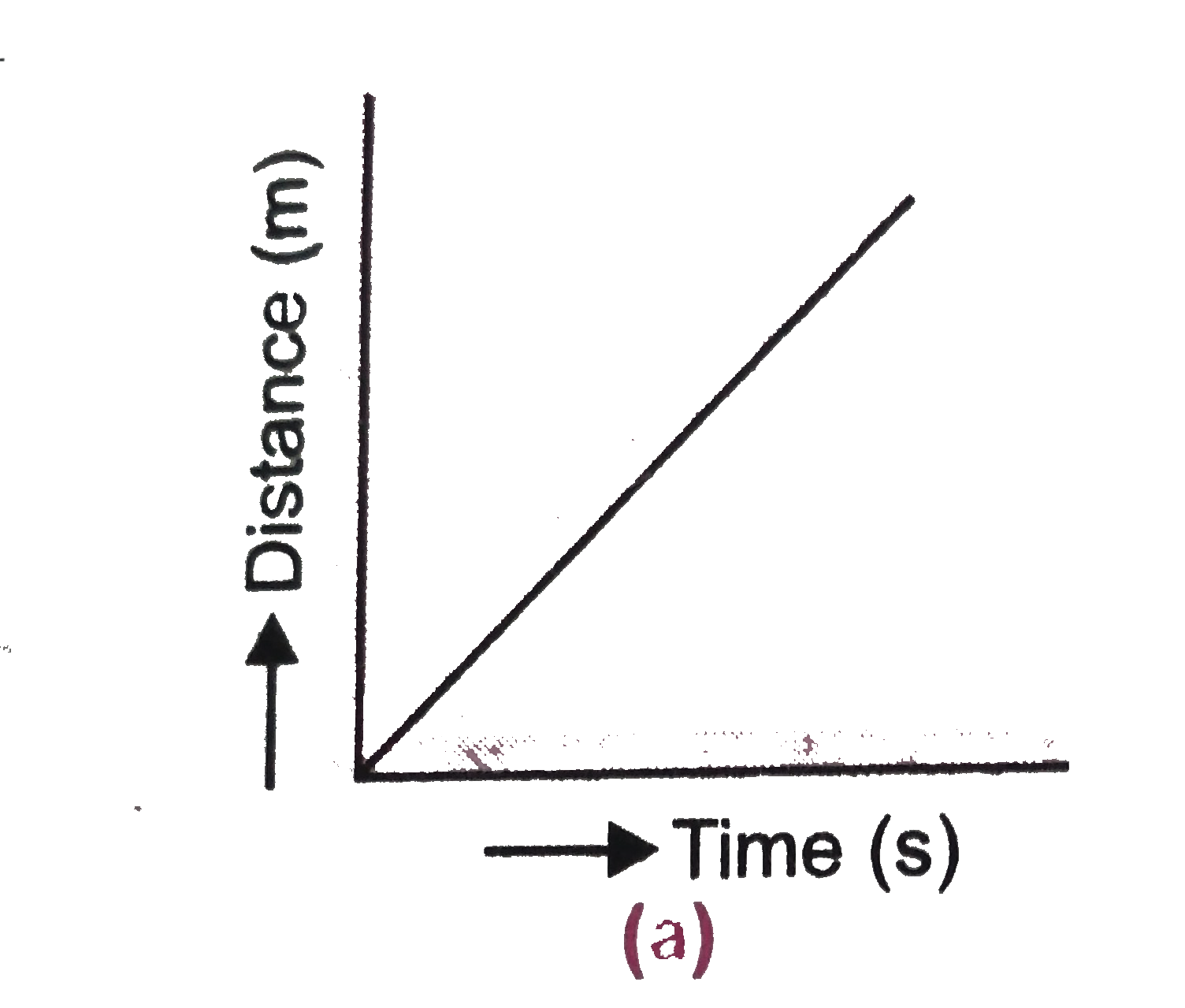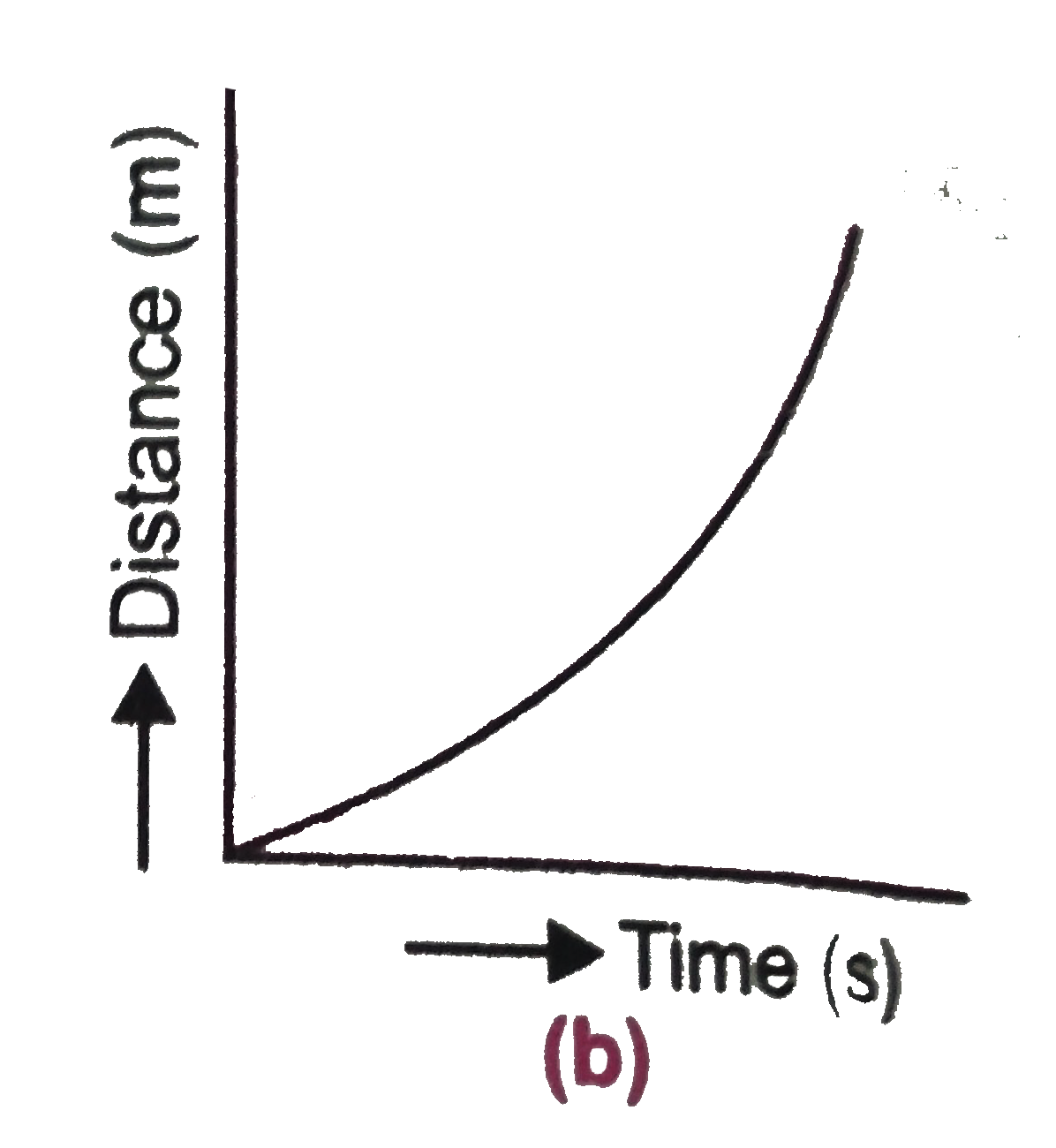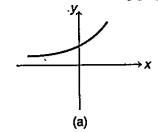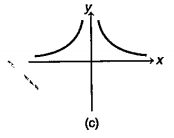Which of the following graph represents uniform motion




The correct Answer is:A
To determine which graph represents uniform motion, we need to understand what uniform motion means in terms of a position-time graph.
1. Understand Uniform Motion:
- Uniform motion occurs when an object moves with a constant velocity. This means that the position of the object changes at a constant rate over time.
2. Identify the Characteristics of the Graph:
- In a position-time (s-t) graph, the slope of the graph represents the velocity of the object.
- If the slope is constant, the velocity is constant, indicating uniform motion.
3. Analyze Each Option:
- Option A: If the graph is a straight line, the slope is constant. This indicates uniform motion.
- Option B: If the graph is curved, the slope is changing. This indicates non-uniform motion.
- Option C: If the graph shows a line that changes direction (e.g., slopes downwards and then upwards), the slope is not constant. This indicates non-uniform motion.
- Option D: If the graph is a horizontal line, the slope is zero, indicating that the object is at rest (not moving). This is not uniform motion in the sense of moving at a constant speed.
4. Conclusion:
- The only graph that represents uniform motion is Option A, where the graph is a straight line, indicating a constant slope (constant velocity).
Final Answer:
- The graph that represents uniform motion is Option A.
- Uniform motion occurs when an object moves with a constant velocity. This means that the position of the object changes at a constant rate over time.
- In a position-time (s-t) graph, the slope of the graph represents the velocity of the object.
- If the slope is constant, the velocity is constant, indicating uniform motion.
- Option A: If the graph is a straight line, the slope is constant. This indicates uniform motion.
- Option B: If the graph is curved, the slope is changing. This indicates non-uniform motion.
- Option C: If the graph shows a line that changes direction (e.g., slopes downwards and then upwards), the slope is not constant. This indicates non-uniform motion.
- Option D: If the graph is a horizontal line, the slope is zero, indicating that the object is at rest (not moving). This is not uniform motion in the sense of moving at a constant speed.
- The only graph that represents uniform motion is Option A, where the graph is a straight line, indicating a constant slope (constant velocity).
- The graph that represents uniform motion is Option A.
Topper's Solved these Questions
- MOTION IN ONE DIMENSIONBOOK - ERRORLESS CHAPTER - MOTION IN ONE DIMENSIONEXERCISE - Assertion & Reason
30 Videos
- MOTION IN ONE DIMENSIONBOOK - ERRORLESS CHAPTER - MOTION IN ONE DIMENSIONEXERCISE - Motion In One Dimension
24 Videos
- MOTION IN ONE DIMENSIONBOOK - ERRORLESS CHAPTER - MOTION IN ONE DIMENSIONEXERCISE - Critical Thinking
19 Videos
- GRAVITATIONBOOK - ERRORLESS CHAPTER - GRAVITATIONEXERCISE - SET
27 Videos
- MOTION IN TWO DIMENSIONBOOK - ERRORLESS CHAPTER - MOTION IN TWO DIMENSIONEXERCISE - Exercise
319 Videos
Similar Questions
Knowledge Check
If S, v and t respectively denote displacement, velocity and time, then which of the following graphs represents uniform motion?
A B
B C
C D
D
Which of the following figures represents uniform motion of a moving object correctly ?
A B
B C
C D
D
Which of the following graph represents e−x?
A B
B C
C D
D
Which one of the following graphs represents motion?
View SolutionWhich of the following graphs represent a uniformaly accelerated motion ?
View SolutionWhich of the following graph represents e−x?
View SolutionWhich of the following graphs best represents the motion of a raindrop?
View SolutionWhich of the following graph represents 3s orbital
View Solution



